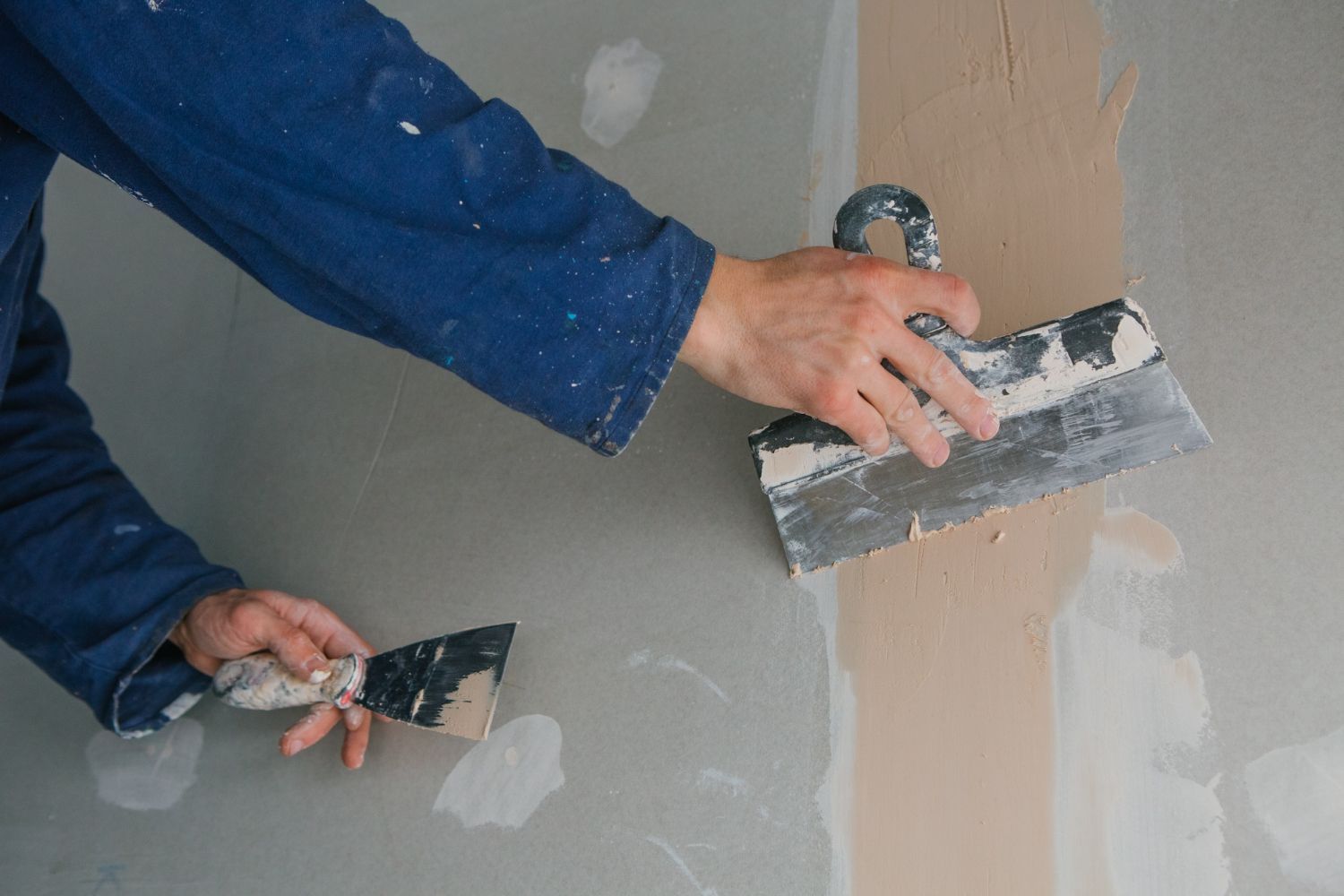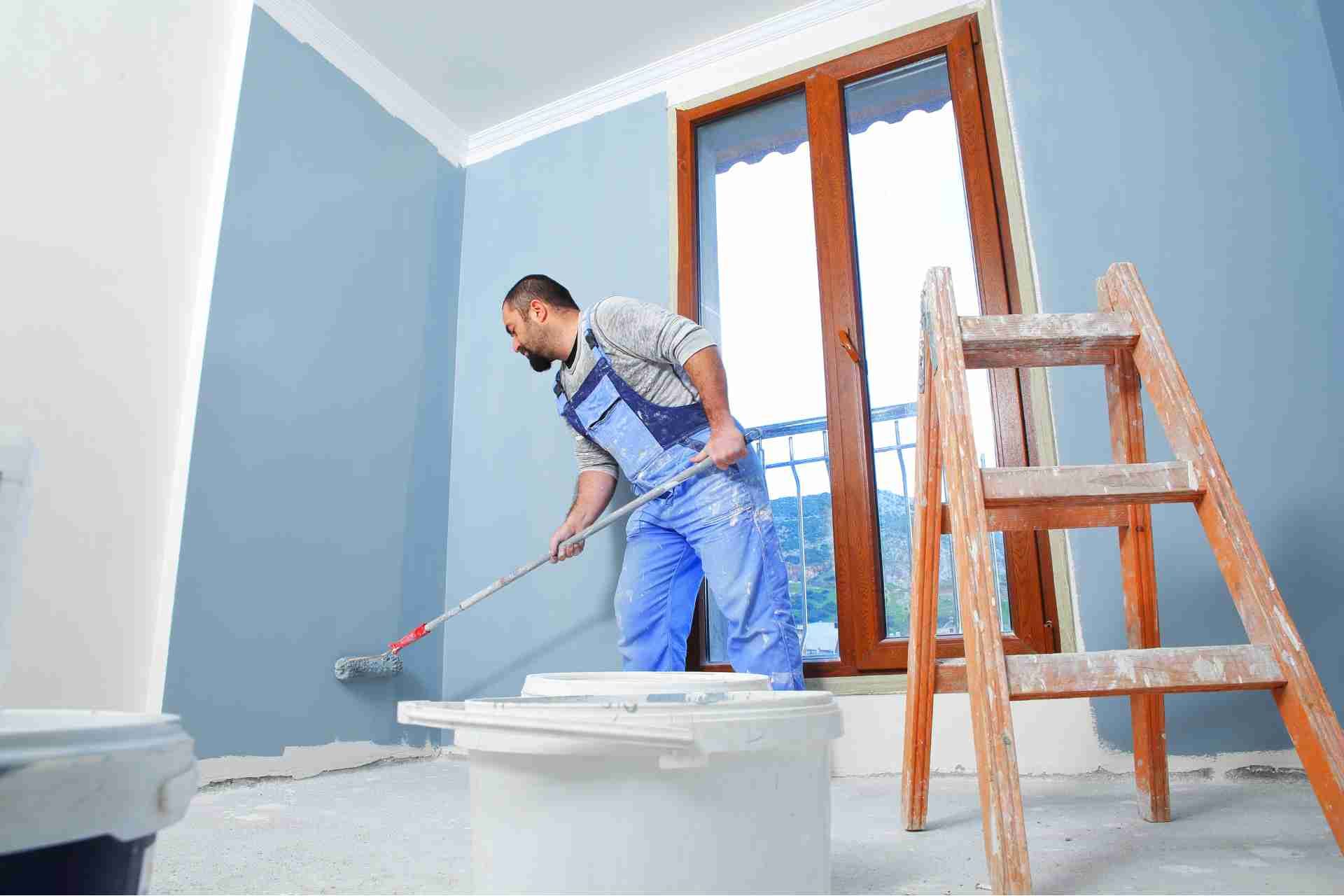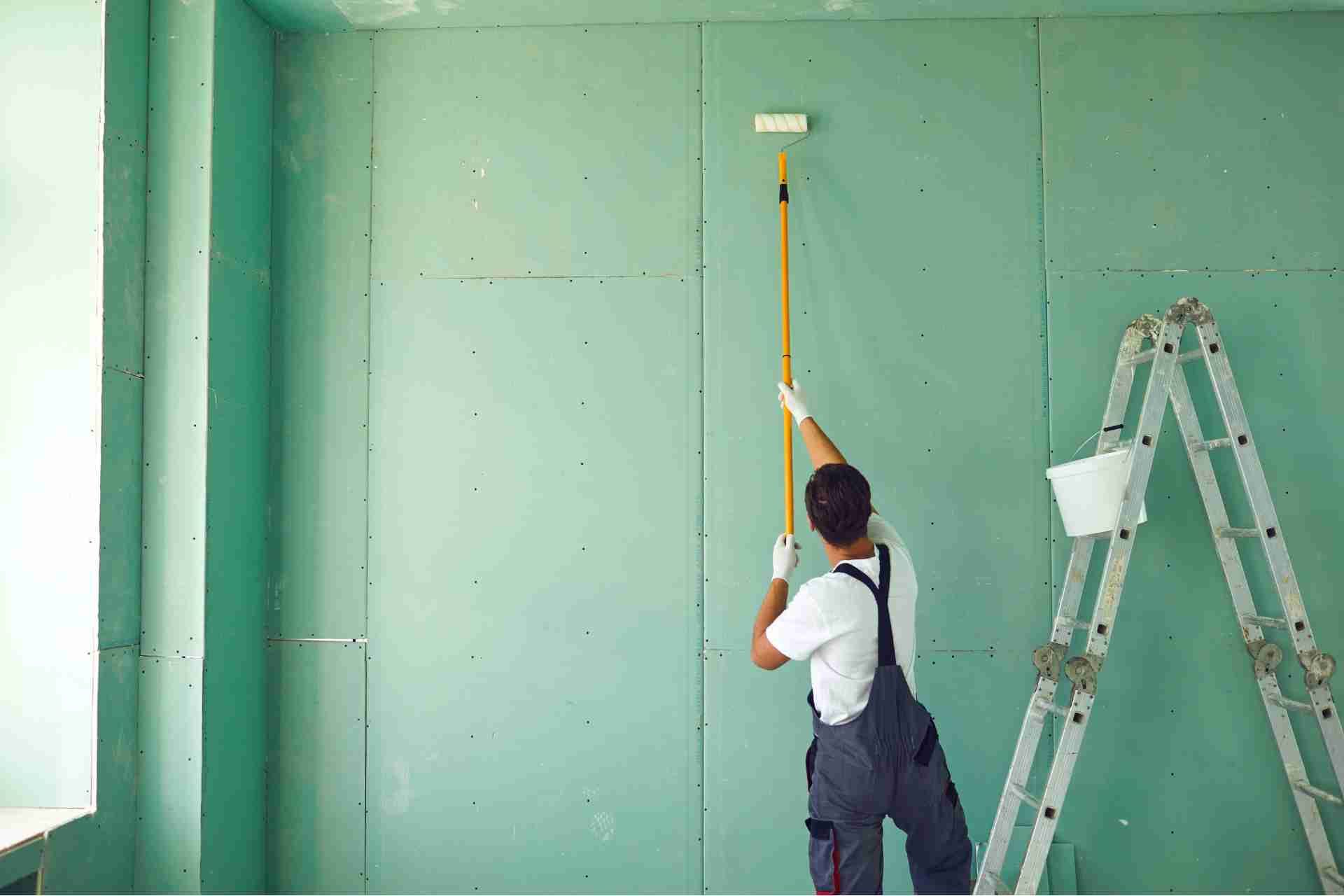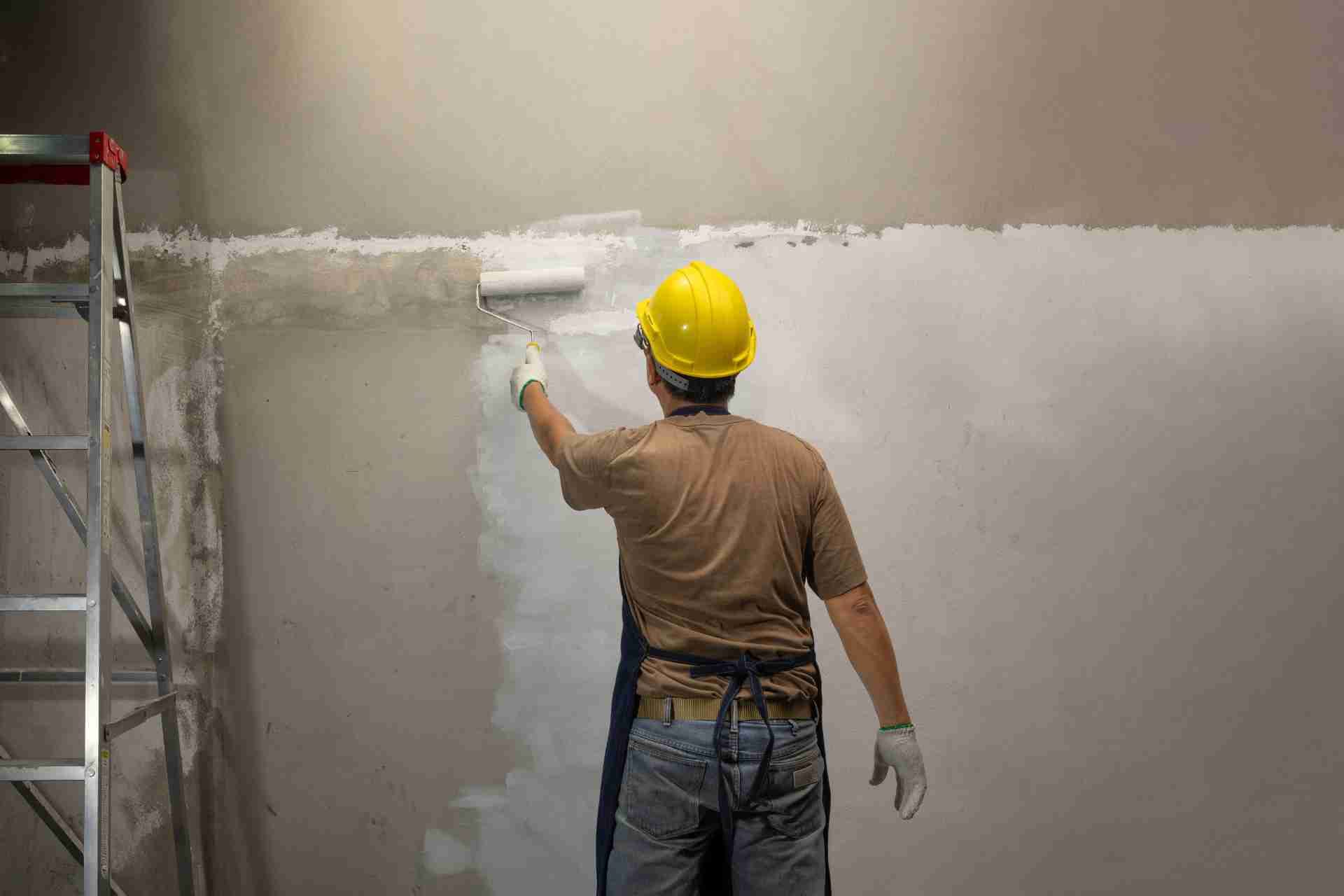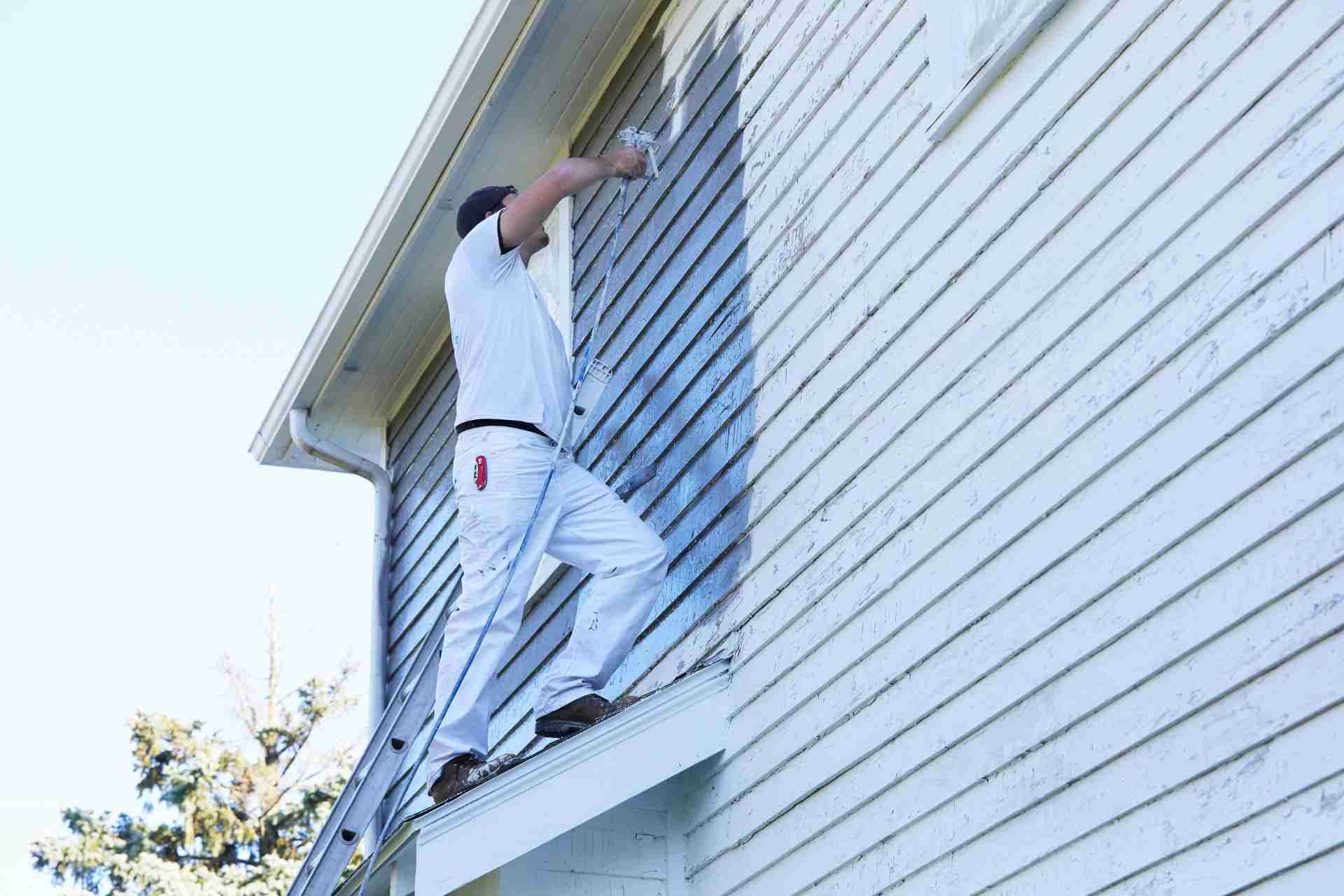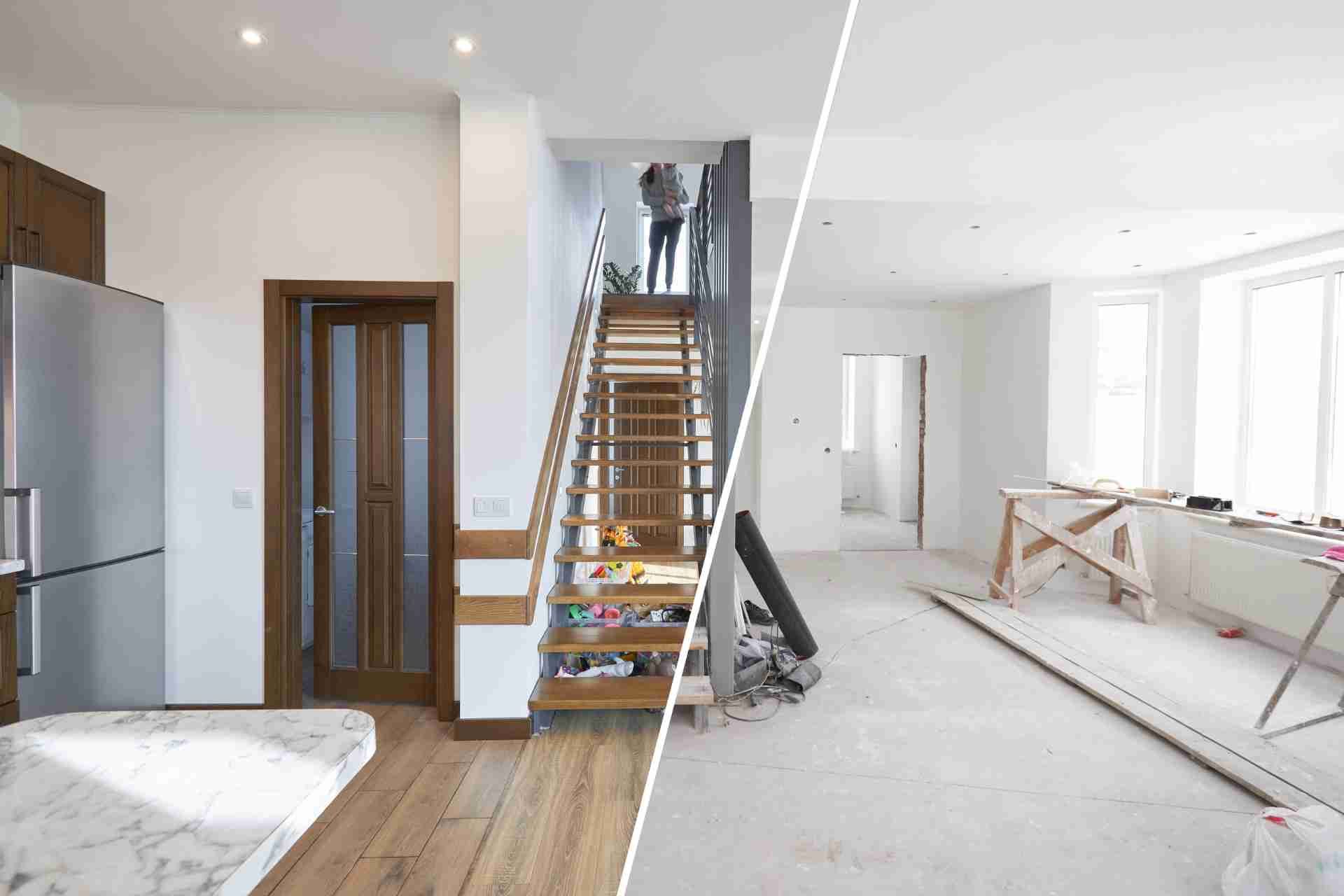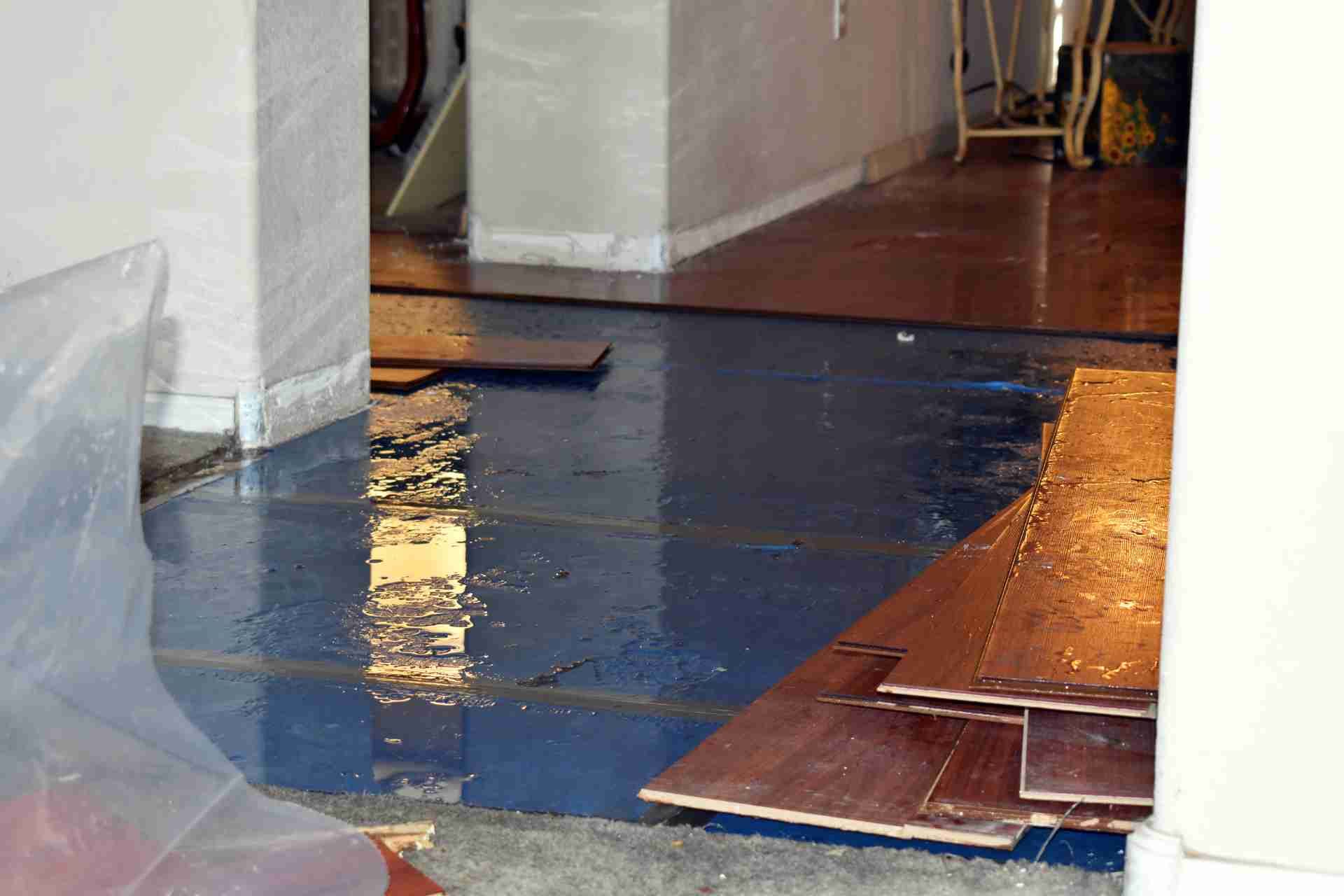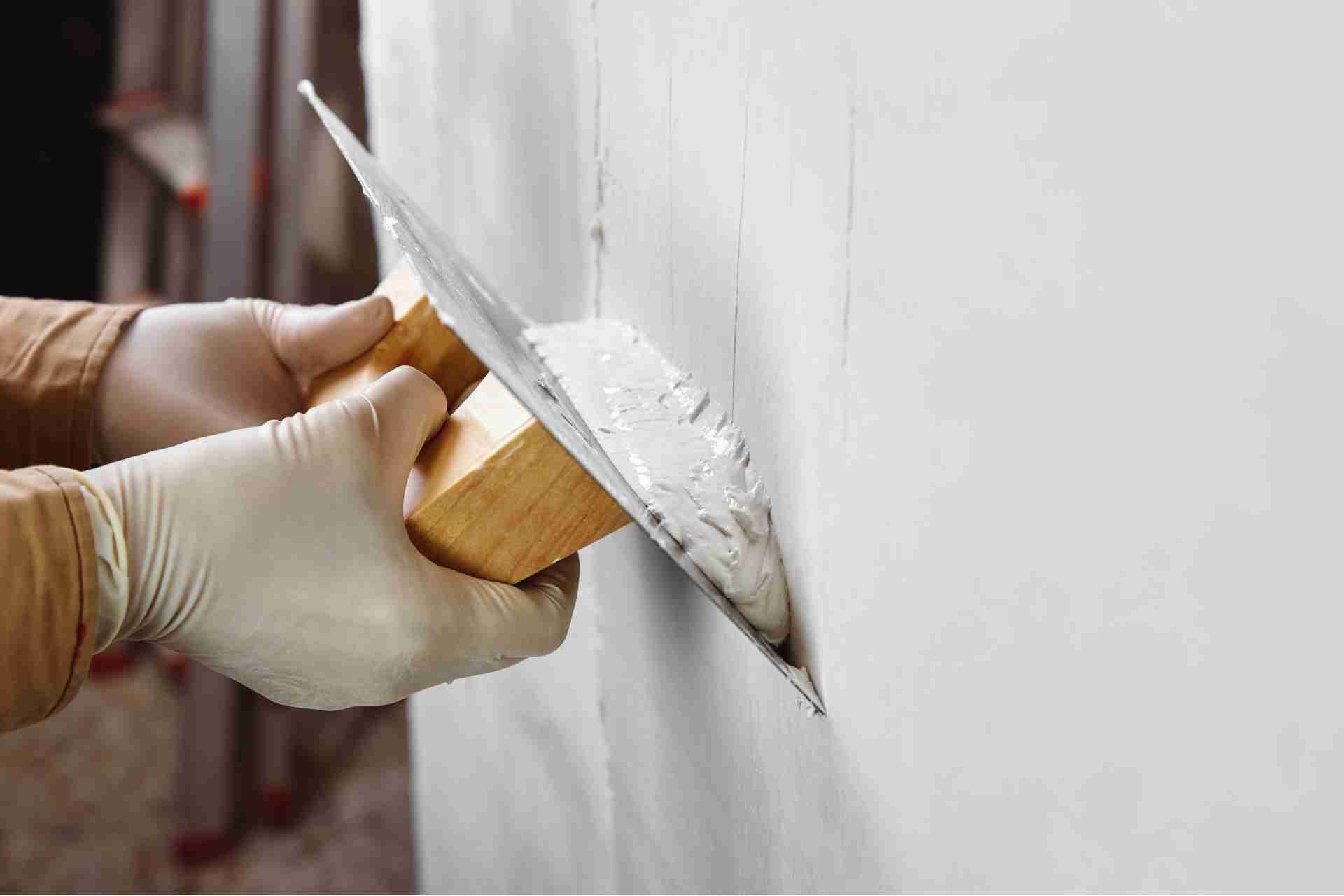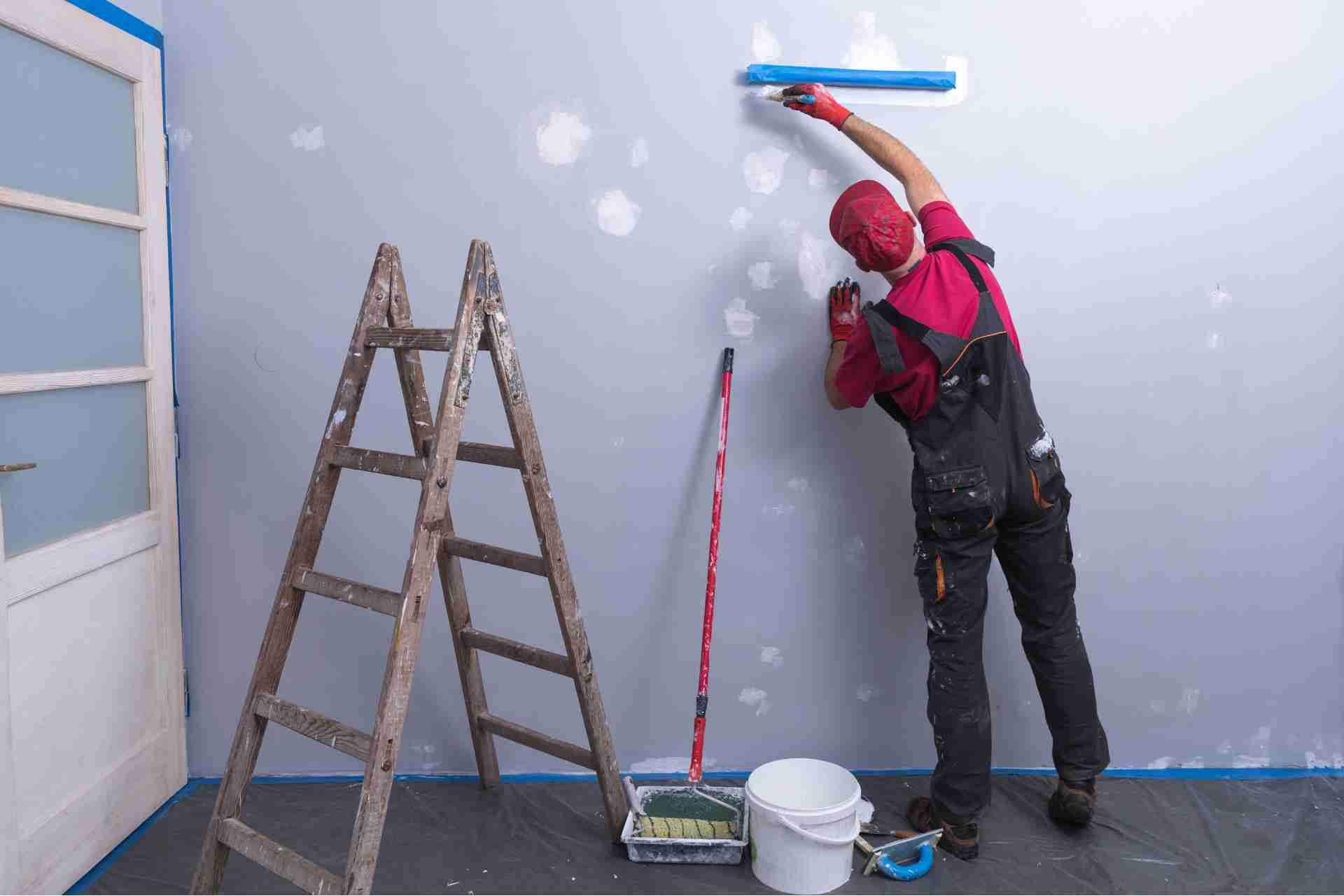Difference Between Plastering vs Drywall: Which Works for You
When it comes to putting up walls in your home, two popular options are plastering and drywall installation. Both techniques have their own set of advantages and considerations, making it important to understand the differences before making a decision and help you choose the right option for your needs.
What is Plastering
Plastering is an ancient technique that has been used for thousands of years. It involves applying multiple layers of a mixture comprised of cement, lime, sand, and water to create a smooth and durable surface. Plastering has a long-standing reputation for its longevity, as some plaster finishes can last for decades without needing much maintenance. It is also known for its ability to provide high-quality sound insulation.
What is Drywall
Drywall is a more modern method that utilizes gypsum boards. These boards are made by sandwiching a layer of gypsum (a soft sulfate mineral) between two sheets of paper, creating a lightweight and easy-to-install material. Drywall is widely popular due to its cost-effectiveness and convenience. It is relatively quick to install, which can be a significant advantage for those working on tight schedules. Additionally, drywall offers the flexibility of being easily repaired and replaced if damage occurs.
Difference Between Plastering vs Drywall
Here is a detailed breakdown of the differences between plastering and drywall, helping you determine which option may work best for your needs:
1. Materials
- Plastering: Plastering involves the use of a traditional plaster mix, usually consisting of gypsum, lime, or cement, mixed with water. The plaster is typically applied in multiple coats onto a backing material such as wood lath or metal lath.
- Drywall: Drywall, also known as gypsum board or sheetrock, is comprised of a gypsum core sandwiched between two paper layers. It comes in large sheets and is cut to fit the desired dimensions.
2. Application process
- Plastering: Plastering is a labor-intensive process that requires skill and expertise. It typically involves the application of multiple coats, including a basecoat (scratch coat), an intermediate coat (brown coat), and a final coat (finish coat). Each coat needs time to dry and harden before the next one can be applied. Plastering can be done by hand or with the help of tools like trowels and floats.
- Drywall: Drywall installation is relatively quick and straightforward. The sheets are cut to size, attached to the framing using screws or nails, and the joints between sheets are covered with joint compound and tape. While it does require some skill to achieve a smooth finish, it is generally considered easier to learn and execute compared to plastering.
3. Cost
- Plastering: Plastering tends to be more expensive than drywall due to the labor-intensive nature of the process. The number of coats required, the time it takes for each coat to dry, and the need for experienced professionals contribute to higher costs.
- Drywall: Drywall is generally more cost-effective compared to plastering. The material itself is relatively inexpensive, and the installation process is quicker, requiring less labor. However, additional costs may be incurred if professional finishers are hired for a smoother finish.
4. Durability
- Plastering: Plaster is known for its exceptional durability. It is resistant to cracks, dents, and moisture. A well-installed and maintained plaster surface can last for decades without major issues.
- Drywall: While drywall is also durable, it is more prone to damage compared to plaster. It can easily crack or dent upon impact, requiring repairs. However, these damages can be fixed relatively easily, as drywall allows for simple patching or replacement.
5. Aesthetic appeal
- Plastering: Plaster walls and ceilings have a unique and timeless appeal. The smooth and seamless finish achieved with plaster creates a sense of elegance and sophistication. Additionally, plaster can be textured or decorated with various techniques for added visual interest.
- Drywall: Drywall offers a more standardized and uniform finish. It provides a blank canvas for painting and wallpapering, allowing for a wide range of design possibilities. While drywall can be textured, it doesn't have the same level of versatility as plaster.
In summary, plastering is a traditional and labor-intensive method that results in a durable and visually appealing finish. It is a good choice for those seeking a high-end and long-lasting surface. On the other hand, drywall offers a cost-effective and relatively quick solution. It is more suitable for those looking for a versatile and easily repairable option.
Making the Choice
Ultimately, the decision between plastering and drywall depends on your personal preferences, the style of your home, and your long-term plans. Consulting with an experienced contractor like
Pine Tree Painting can provide valuable insights and help you make an informed decision that aligns with your vision and budget. Whether you choose the traditional elegance of plaster or the versatility of drywall, rest assured that both options can create beautiful walls that enhance the overall aesthetic of your home.

